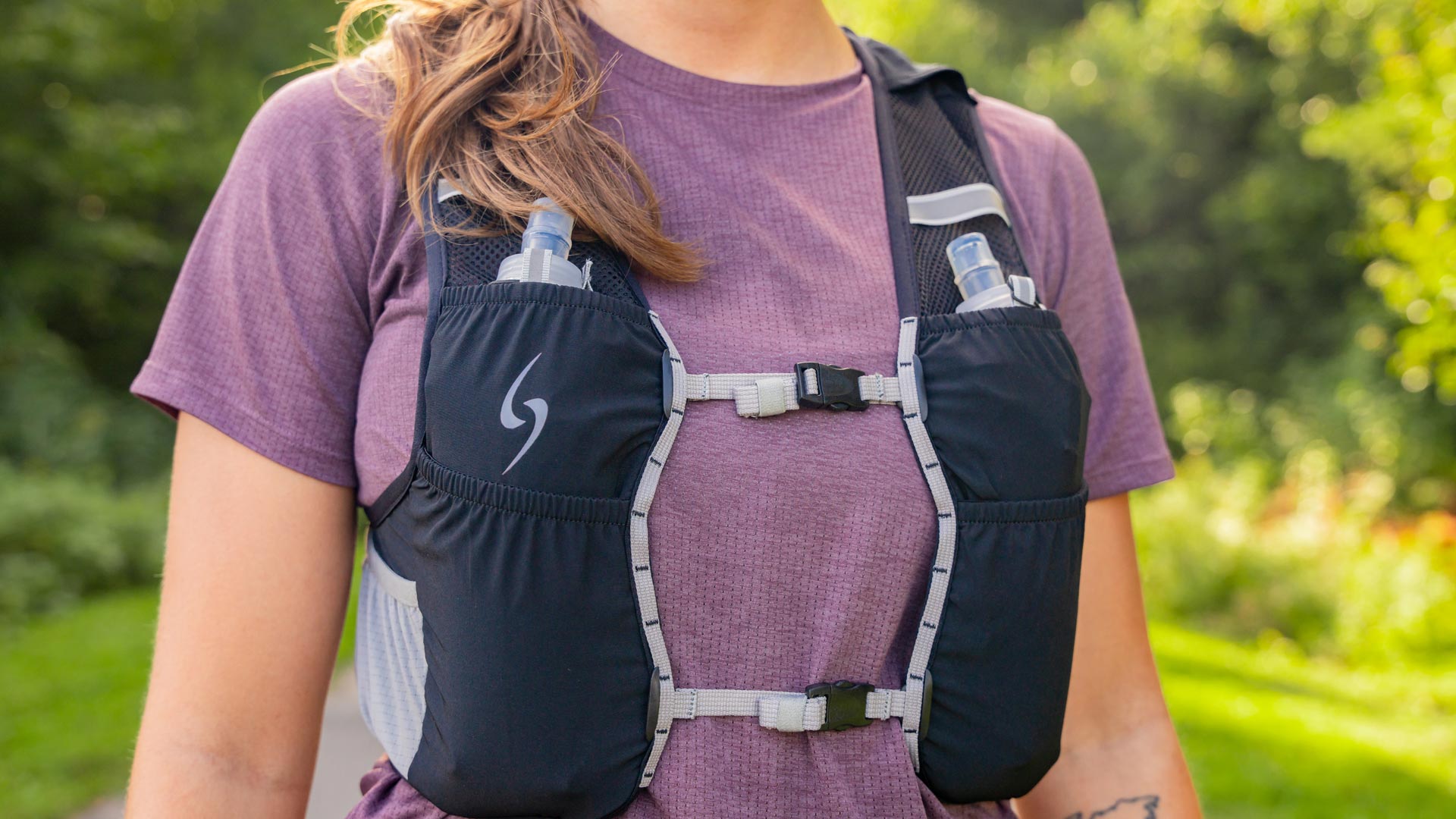There are two kinds of hydration packs: removable packs, which can be inserted into any backpack, and integrated systems that form backpacks in themselves.
Removable packs are recommended for hikers who already own several backpacks in various sizes for different uses (for example, a 30-litre capacity pack for a few hours out on the trail, a 50-litre size for three-day treks and an 80-litre model for longer expeditions). In such a case, a single hydration pack will be more than adequate, as it can just be popped in whatever backpack is being used.
For its part, an integrated hydration pack is the better option for highly aerobic activities like biking, running, snowshoeing, cross-country skiing and so on. Lighter and less bulky, this type goes on the back so as not to impair freedom of movement while at the same time provide a way to carry energy bars, small tools and other gear.
Whether removable or integrated, all hydration packs come with a tube that is kept within reach of the mouth so that you can quench your thirst at any time. Both also offer a number of great advantages.
First of all, they allow you to take in small amounts of fluid while continuing to engage in your chosen activity, rather than waiting to take a break and gulping down a litre of water at one go following the exertion, once the first signs of dehydration appear. In contrast, using a hydration pack provides the body with the benefits of a continuous, regular supply of water.
Furthermore, hydration packs enable you to carry a large amount of water while at the same time keep it cool, since it is not exposed to the sun, but instead stored in an opaque, insulated container.















